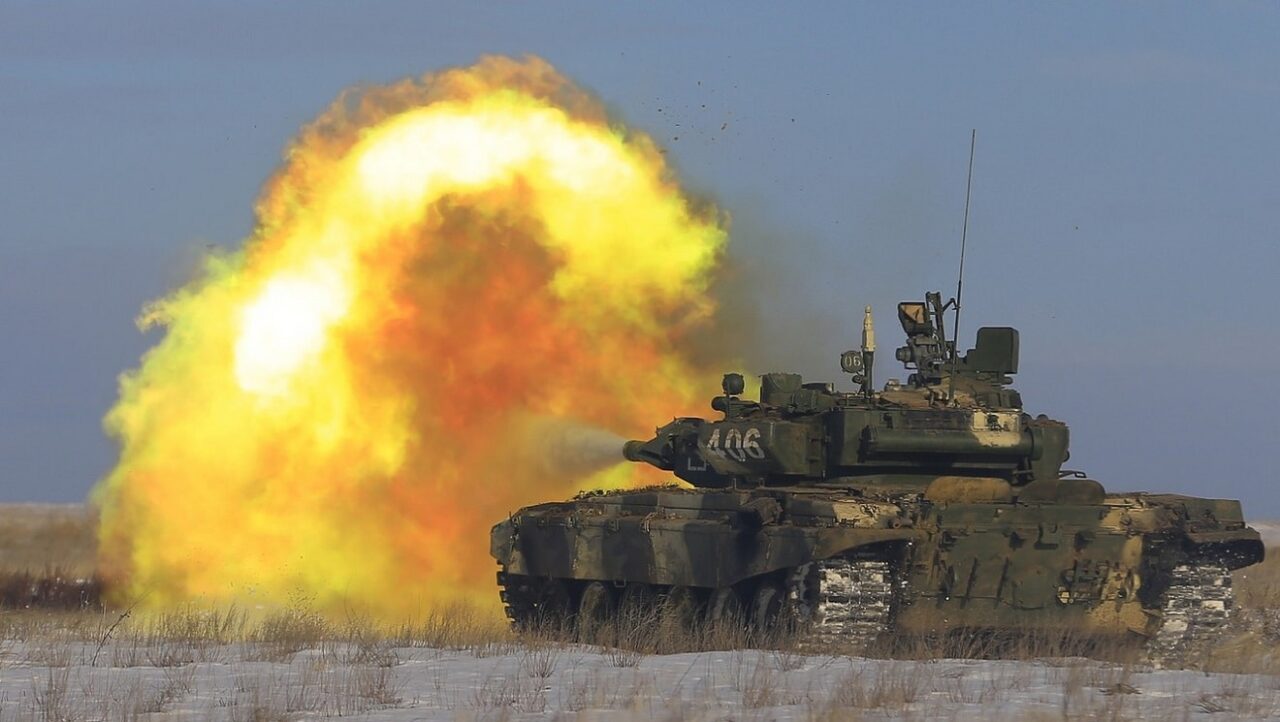On day 33 of the Russian invasion of Ukraine, the Russian military is focusing its efforts on eastern Ukraine in an attempt to at last achieve something concrete. Besieged Mariupol still stands, but supplies are running out.
Meanwhile, Ukraine and Russia are preparing for another round of negotiations.
Mariupol
The siege of Mariupol continues with over 100,000 civilians trapped inside it. The Russian forces have been bombarding the southern Ukrainian city for weeks in an attempt to bend the will of the defenders.
“The task was to wipe the city off the face of the earth along with its inhabitants. This is genocide, there is no other way to call what is happening,” the mayor of Mariupol Vadym Boychenko said of the Russian assault against his city.
In a report published over the weekend, the United Nations High Commissioner for Human Rights (OHCHR) confirmed 2,909 civilian casualties (1,119 killed and 1,790 injured) in Ukraine since the start of the war.
“In the last 24 hours there has been no significant change to Russian Forces dispositions in occupied Ukraine. Ongoing logistical shortages have been compounded by a continued lack of momentum and morale amongst the Russian military, and aggressive fighting by the Ukrainians. Russia has gained most ground in the south in the vicinity of Mariupol where heavy fighting continues as Russia attempts to capture the port,” the British Ministry of Defense stated in its daily assessment of the war.
The Ukrainian Ministry of Defense claimed that as of Monday, Ukrainian forces have killed approximately 17,000 Russian troops (and wounded approximately thrice that number), destroyed 123 fighter, attack, and transport jets, 127 helicopters, 586 tanks, 302 artillery pieces, 1,694 armored personnel carriers, 95 Multiple Launch Rocket Systems (MLRS), seven boats, 1,150 vehicles, 73 fuel tanks, 54 anti-aircraft batteries, 66 unmanned aerial systems, 21 special equipment platforms, such as bridging vehicles, and four mobile Iskander ballistic missile systems.
Another Round of Negotiations
Ukrainian and Russian negotiators are meeting in Turkey on Monday for the latest round of negotiations. Previous rounds of talks had failed to produce any concrete outcomes, resulting in a week-long break in negotiations. But the situation now is different.
Russian President Vladimir Putin and his advisers have seen that the Russian military is incapable of achieving the primary objectives set out at the start of “special military operation,” namely to topple the Ukrainian government and capture key urban centers, including Kyiv, Kharkiv, and Odesa.
Ukrainian President Volodymyr Zelensky is open to discussions about Ukrainian neutrality. What that would look like isn’t clear yet, though. At the beginning of the war, the Ukrainian government was adamant that application for membership in the European Union and NATO were very much on the table.
But as the weeks of fighting started taking their toll on Ukraine and its population, Zelensky publicly acknowledged that joining NATO might be a bridge too far. Now Zelensky says that he is open to discussing a neutral status for Ukraine, with potentially lifting restrictions imposed on the Russian language (in many parts of Ukraine, people speak Russian, but after the Russian invasion and annexation of Crimea, the Ukrainian government-imposed restrictions on the teaching, learning, and speaking of Russian). Zelensky, however, insists that any decision would have to be approved by the Ukrainian people through a referendum that would take place after Russian troops have left Ukraine. He also wants security guarantees from third countries.
1945’s New Defense and National Security Columnist, Stavros Atlamazoglou is a seasoned defense journalist specializing in special operations, a Hellenic Army veteran (national service with the 575th Marine Battalion and Army HQ), and a Johns Hopkins University graduate. His work has been featured in Business Insider, Sandboxx, and SOFREP.

